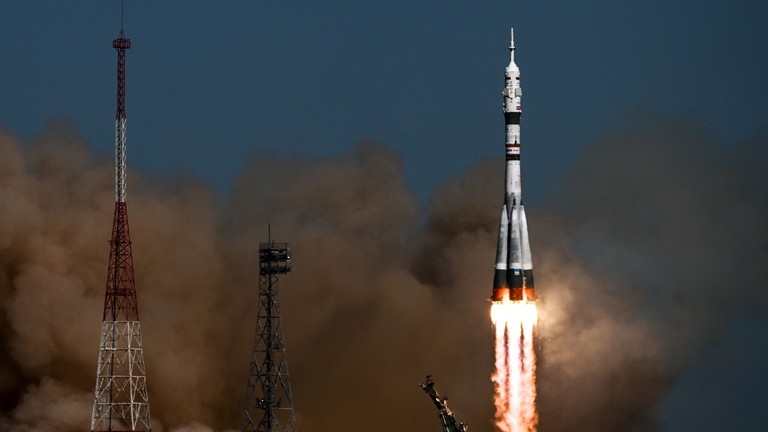In the tumultuous waters of the Red Sea, Yemen's Houthi rebels show no signs of easing their relentless assaults on shipping and Western warships. The persistent attacks persist not because of an inability to intercept, but due to the economic calculus that keeps the pressure on global transit waterways, all while being a budget-friendly endeavor for the insurgents.
The Economic Equation of Low-Cost Strikes
The Houthi arsenal boasts drones with a price tag that raises eyebrows - some estimated at a mere $20,000, with some even costing just a few thousand dollars. These low-cost aerial threats, capable of reaching vessels far from the Yemeni coast, present a strategic conundrum. While intercepting them is within the capabilities of US and UK coalition warships, the financial toll on Western militaries is substantial.
The High Cost of Defense
For Western forces, countering the Houthi drone threat involves deploying anti-air missiles, each valued at over $1 million. This stark economic reality enables the Houthis to sustain their assaults economically, watching as Western warships deplete their expensive arsenals in the process.
A recent DefenseNews report sheds light on the financial strain faced by the French navy in countering these low-tech drones. The Languedoc frigate, patrolling the southern Red Sea, shot down multiple Houthi drones using Aster 15 missiles, each estimated to cost around EUR1 million. The British Royal Navy's HMS Diamond similarly employed these costly missiles to repel drone attacks.
Questioning the Justification
While military commanders argue that the expenditure is justified in safeguarding valuable shipping lanes for Western economies, critics question the economic viability of using ultra-expensive interceptors against relatively inexpensive drones. The report emphasizes that the economic calculus of interceptors designed for costly anti-ship missiles or manned aircraft loses its appeal against drones priced in the thousands.
Iranian Involvement and a 'Win-Win' Scenario
Beyond the economic dimension, the sophisticated Houthi drones likely have Iranian fingerprints, adding a geopolitical layer to the conflict. US officials accuse Iran of directly aiding the Houthis in targeting Red Sea shipping. The strategic interest for Tehran is clear - to entangle Western navies in the Red Sea through proxies while maintaining plausible deniability.
Even amid recent Western airstrikes on Yemen, the situation remains a 'win-win' for both the Houthis and Iranians. The cost-efficient attacks continue, draining Western resources, while Iran advances its agenda through proxy warfare. The Red Sea remains a perilous chessboard, where the economic toll on one side becomes the strategic gain for the other.
I'm reaching out to ask for help in raising funds to purchase a modest, dependable used car. Having a vehicle would not only restore my independence but also allow me to engage more actively in my community and maintain essential aspects of daily living.
Help Chris Regain Independence with a Reliable Vehicle at GoGetFunding

